For car enthusiasts, the most exciting part of ringing in a new year is watching the list of import-eligible cars grow. Federal regulations make bringing a late-model car from Europe or Asia mind-bogglingly difficult, but these barriers fall as soon as a vehicle turns 25. There's no need to slash through a jungle of red tape; simply ship your dream forbidden fruit over, pay import duties, and in most states you're good to park a fresh import car in your garage.
Of course, you need to locate any car you're considering importing, whether it's on this list of cars you can import in 2023 or not. A quick search of the internet will show that there are a lot of places that specialize in sourcing cars to import into the United States, and while we don't have any firsthand experience with any of them, we can point out a few well-known import car dealers, including some at auction. Duncan Imports and Classics bills itself as "America's Largest JDM Dealer" and keeps a large inventory of vehicles that have already been brought into the States. The Import Guys boast options to ship and finance worldwide, Davey Japan claims to have exported over 50,000 vehicles from Japan, and Goonet Exchange says it's operated by "Japan's largest used car information site." Japanese site Be Forward lists a staggering 10,949 online reviews at the time of writing with an average score of around 4.5 out of 5 stars.
If your new year's resolution is to buy a car from overseas, here are some of the highlights from 2023's crop of importable cars. Keep in mind that some of these import cars were introduced in 1997 but didn't enter production until 1998, while others made their debut late in the year. And without further ado, here is a list of six cars that are eligible for import to the U.S. in 2023 that are worth noting.
Cars that are eligible to import into the U.S. in 2023
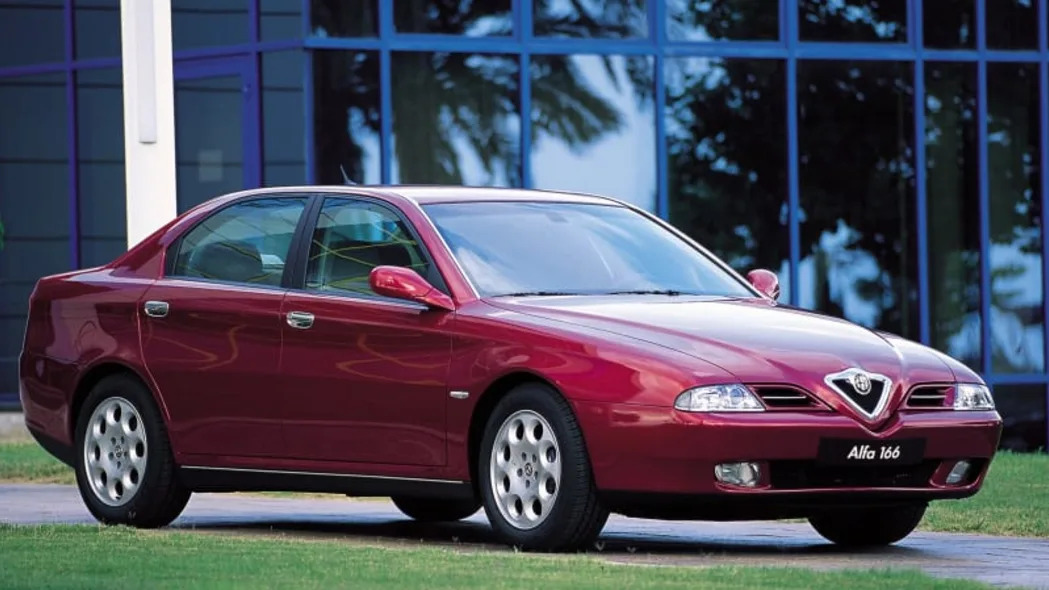
Alfa Romeo 166
Developed to replace the 164, the 166 stands out as Alfa Romeo's last true flagship sedan; it wasn't directly replaced. It shares its front-wheel-drive platform with the Lancia Kappa but the two cars look nothing alike. Alfa Romeo gave the big sedan a smooth, relatively elegant design that borrows several styling cues from the smaller 156. At launch, buyers could choose from a wide array of engine options including a 2.0-liter Twin Spark four-cylinder with two spark plugs per cylinder, a 2.4-liter five-cylinder turbodiesel, and a 24-valve, 3.0-liter V6.
The 166 landed in a segment dominated by the Mercedes-Benz E-Class, the BMW 5 Series, and the Audi A6 so it had to put a bigger focus on luxury than on performance to lure buyers into Alfa Romeo showrooms. Production ended in 2007 after about 100,000 units were built, and the 166 has yet to gain traction on the collector-car market. Early examples in acceptable condition are available for well under €5,000 (about $5,500 at the current conversion rate) in the Italian classifieds, though V6-powered examples and low-mileage cars carry a premium.
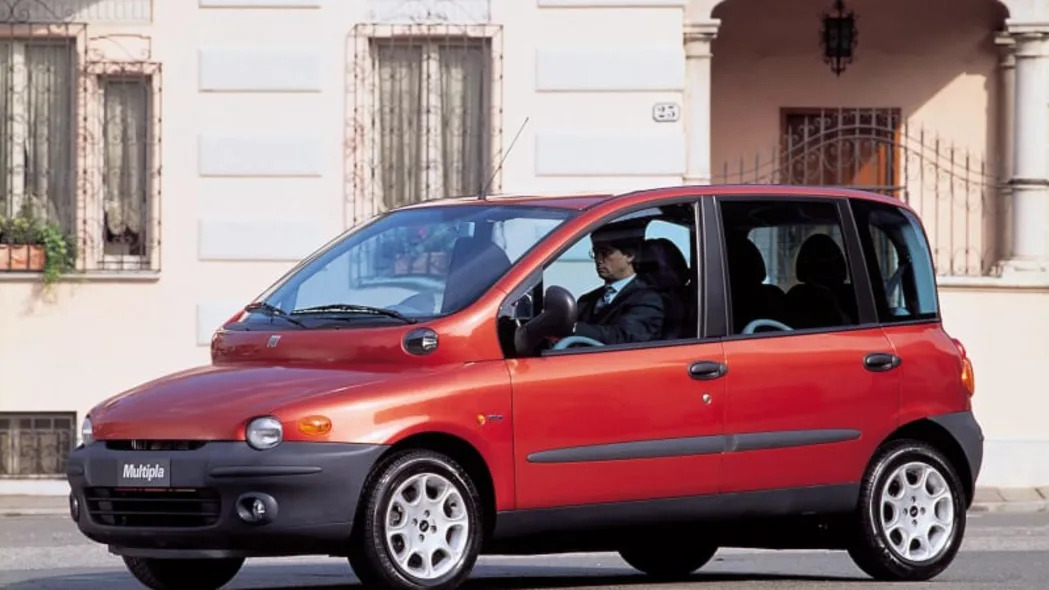
Fiat Multipla
We're not going to argue with the folks who say that the Fiat Multipla is one of the ugliest cars ever to come out of Italy; to each his or her own. Its design is certainly unusual, to say the least, but keep in mind that it borrows its name from an evolution of the original 600 that was an acquired taste as well. Get closer (shut your eyes if needed), open the driver's door, and you'll immediately get the Multipla's appeal: the freakish proportions hide a spectacularly spacious interior capable of comfortably carrying six full-grown adults and a trunk load of gear.
It's a stroke of packaging genius. For context, most of the Multipla's rivals offered five seats. Fiat tried hard to sell the people-mover, it even made a promotional video game called Multispy, but it quickly found out six seats weren't always considered a fair trade-off for having to look at a Multipla in your driveway. Fast-forward to 2023 and the Multipla is seemingly just the right kind of weird: it's increasingly sought-after by a small subset of the enthusiast community and there's even an owner's club operating in Italy. You can join without breaking the bank: well-preserved examples trade hands for under €5,000 and rougher, higher-mileage cars are available for less than €1,000 (about $1,100).
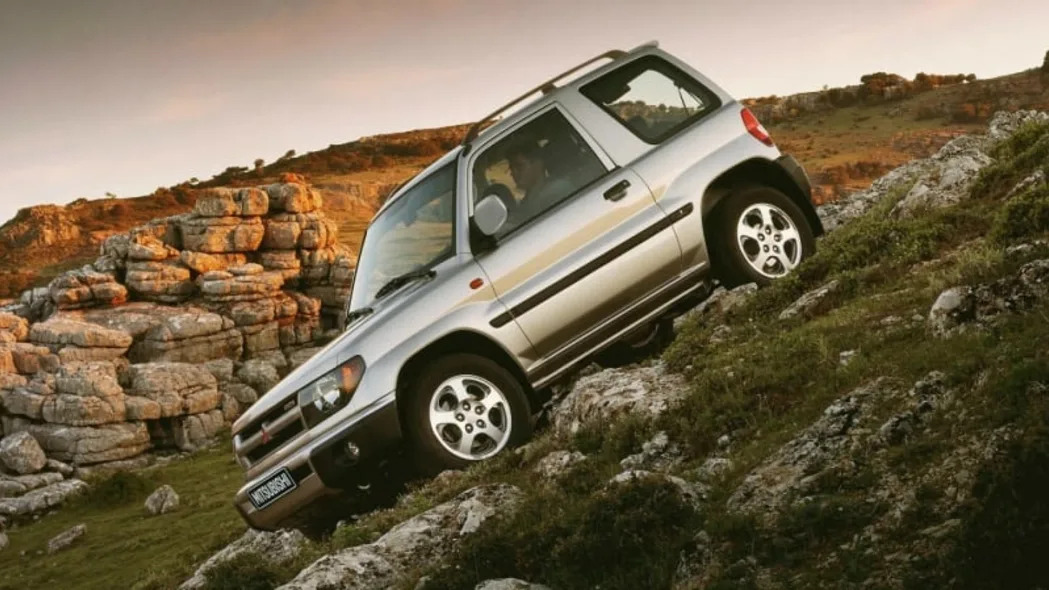
Mitsubishi Pajero iO/Pajero Pinin
In the 1990s, Mitsubishi identified a market for a scaled-down Pajero (which we knew as the Montero) that offered excellent off-road capacity and compact dimensions. This mini-SUV was developed largely for countries like Japan, where space is a premium, but it was built and sold in several other markets including Europe and Brazil. Initially offered exclusively with two doors, and later available with four doors, the Pajero iO featured a Pajero-like design, a part-time four-wheel-drive system with a locking center differential, and a four-cylinder engine.
In 2023, your best bet for finding an import-eligible Pajero iO is to look for one on Japanese export sites, where they're typically listed for less than $5,000. If you're patient, you can wait until 2024 and find a left-hand-drive, Pajero Pinin-badged example built by Pininfarina near Turin, Italy, starting in 1999. They're somewhat common in Europe's mountains regions and they normally cost under €7,000 (about $7,600).
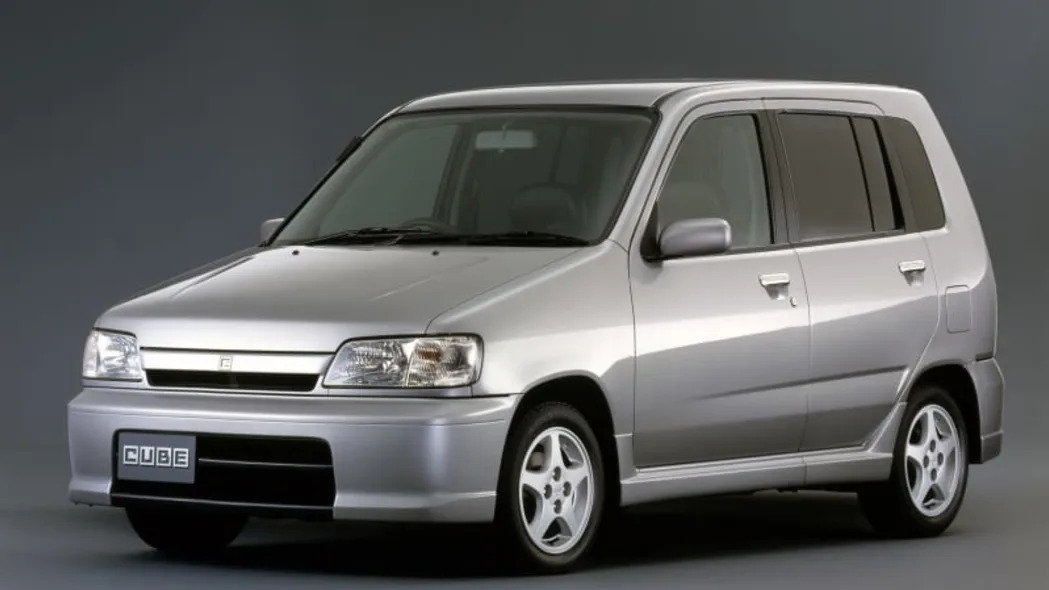
Nissan Cube
Many people assume that Nissan developed the Cube to take on the Scion xB; it's actually the other way around. While the Cube didn't make its American debut until 2009, the nameplate was introduced in 1998 on the Japanese market and went through two generations before receiving clearance to cross the Pacific Ocean. The original Cube was, well... cube-like, as you'd expect, and its proportions were even boxier than the last Cube's, though its design was symmetrical. The angular body hid an architecture and mechanical components shared with a mass-produced econobox called Micra (or March depending on the market) so engine parts are reasonably easy to find.
Nissan offered several versions of the original Cube ranging from basic to sporty-looking so there's a version to suit nearly everyone's taste. Every variant was powered by a four-cylinder engine and a manual transmission was not available; the Cube came with either a four-speed automatic or a CVT. Short, narrow, and tall, the original Cube sold reasonably well in Japan and used examples are commonly listed on Japanese export sites for under $5,000. For an extra serving of quirkiness, try finding the Cube-based, Black Cab-inspired Mitsuoka Yuga.
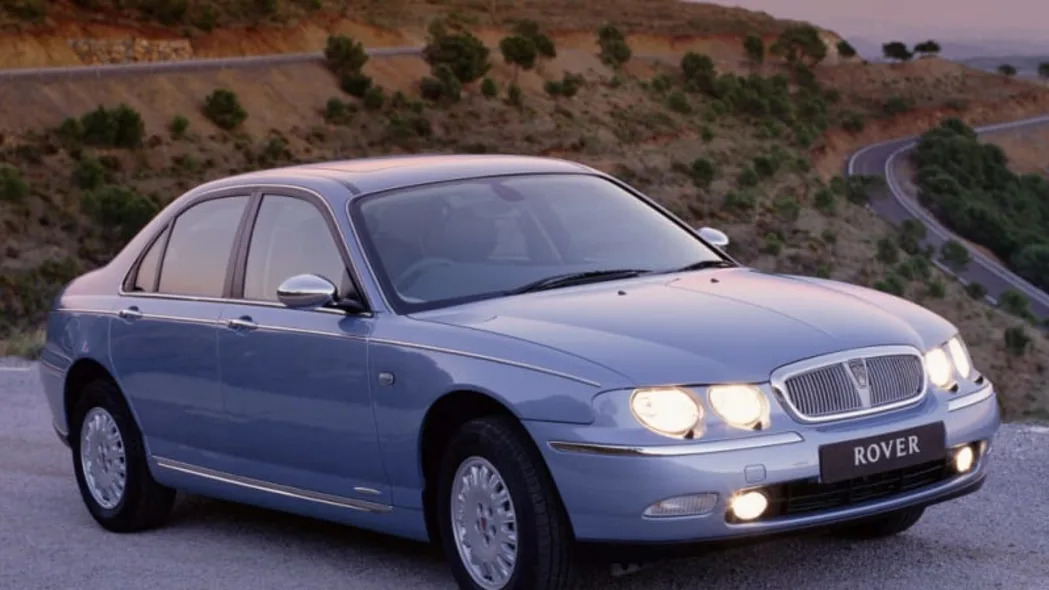
Rover 75
In many ways, the 75 represents Rover's last stand. The troubled, BMW-owned carmaker chose not to replace the 800 Series and designed the 75 to simultaneously take the torch from the 600 Series and serve as its flagship. Ticking both boxes required offering a broad selection of engines that at launch ranged from a 118-horsepower 1.8-liter four-cylinder (the infamous K-Series engine) to a 175-horsepower 2.5-liter V6. BMW-sourced turbodiesel engines were fitted as well and the holy grail was the Ford-sourced, 4.6-liter V8, though it wasn't available until 2004 so it's not eligible for import yet. Front-wheel-drive and a manual transmission came standard and an automatic was optional.
Every version of the 75 wore an elegant and almost retro-inspired design characterized by four round headlights. While many British cars suffer from a reputation of being as reliable as an outdated map, the general consensus is that Rover's last big sedan wasn't a bad vehicle once you looked past certain fit-and-finish-related issues. However, far worse cars dented Rover's image in the 1990s and the firm never recovered. Production of the 75 ended in 2005 when Rover went belly-up, though the design lived on in China. If you want to take one of the first 75s in the United States to the next cars and coffee gathering, clean examples sell for under £2,000 (about $2,500) in England.
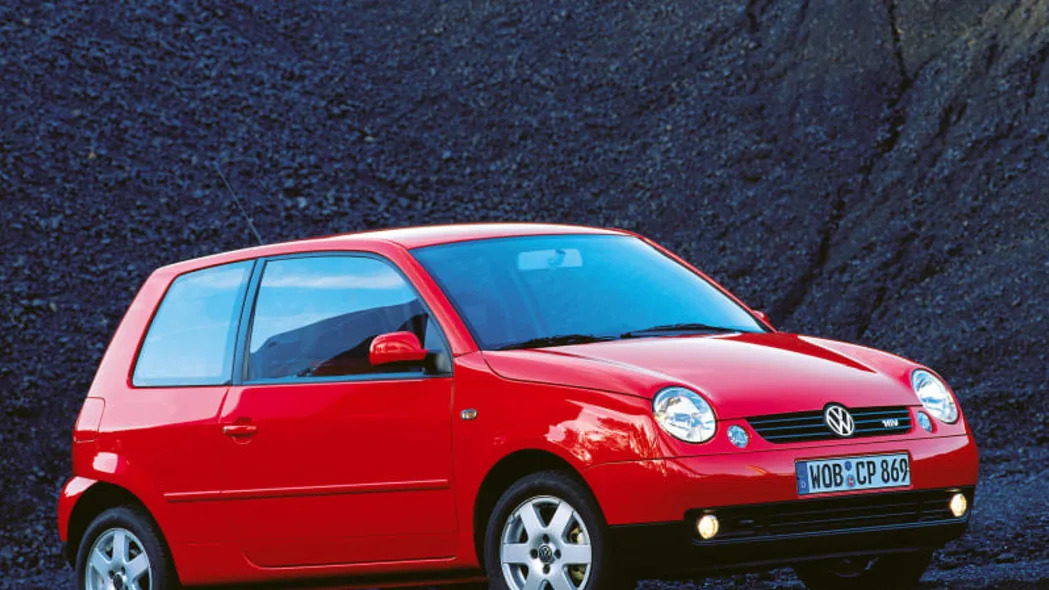
Volkswagen Lupo
Closely related to the SEAT Arosa, the Lupo represents a part of the Volkswagen iceberg that we've never seen in the United States. It's a tiny city car that was only available with two doors, and by "tiny" we truly mean tiny: at 138.7 inches long it's nearly 10 inches shorter than the current-generation Mitsubishi Mirage and almost 20 inches shorter than the fourth-generation Golf that was sold during that era.
The friendly face usually masked a pretty boring engine but there were notable exceptions. In some markets, Volkswagen offered the Lupo with a 16-valve, 1.4-liter four-cylinder engine rated at 74 horsepower, which was a decent amount in a hatchback that weighed less than a Mazda Miata. The enthusiast's choice is undoubtedly the 123-horsepower Lupo GTI but it wasn't released until 2000 so you'll need to wait until 2025 to import one. Regardless, the Lupo is a zippy little hatchback that's more practical than its proportions suggest and fun to drive in a "less-is-more" kind of way. Want one? Used examples with reasonable mileage trade hands for under €3,000 (about $3,300) in Germany.
Related video:
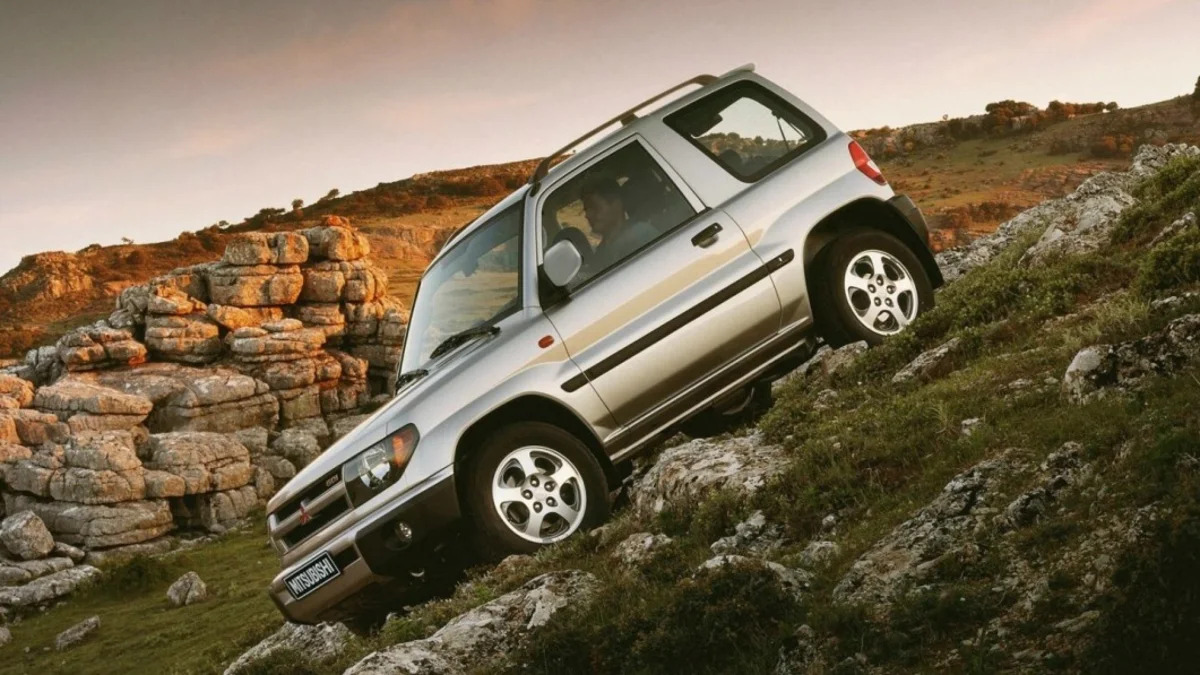

Sign in to post
Please sign in to leave a comment.
Continue